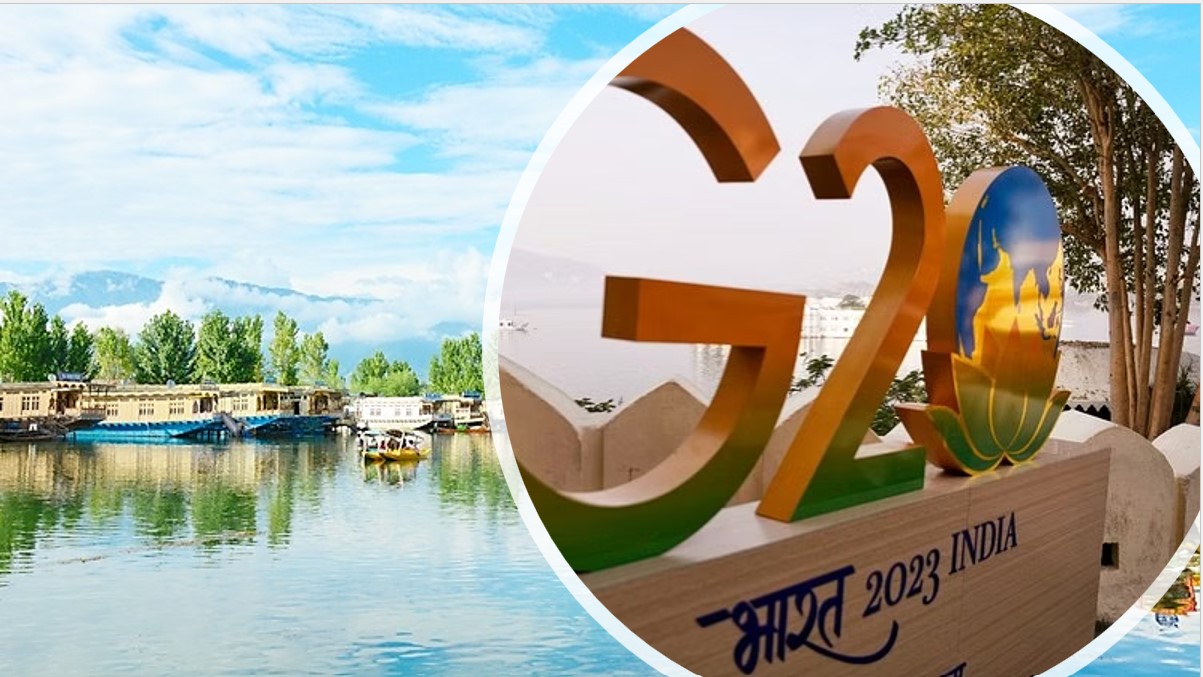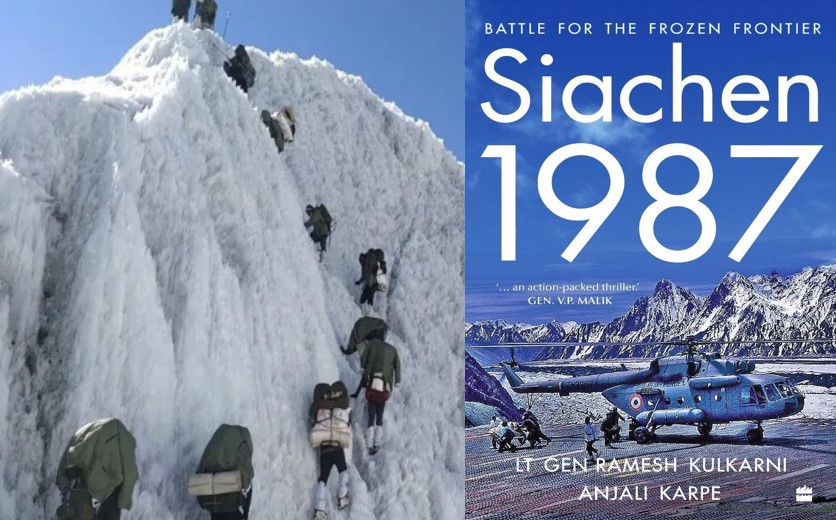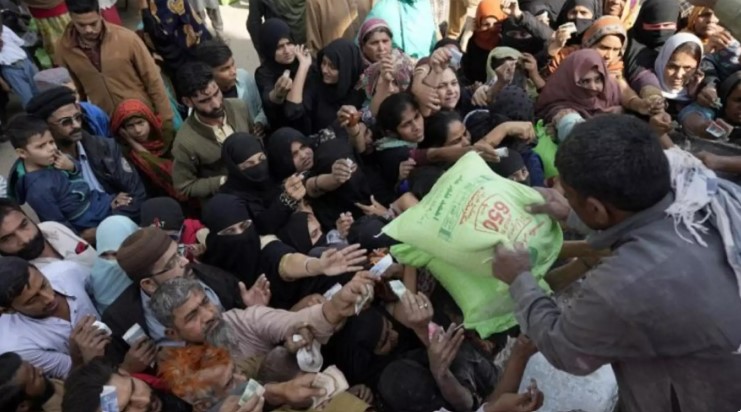
Drawing Down The Army In J&K – Right But Risky
 Thu, 02 Mar 2023
| Reading Time: 6 minutes
Thu, 02 Mar 2023
| Reading Time: 6 minutes

The ethno-nationalist conflict of Northern Ireland, although in existence for long, began in its last avatar in the late Sixties and ended with the Good Friday Agreement in 1997. It was an internal conflict with some external linkages. When I visited the region in 2006 on a professional tour, I queried an officer on the role of the British Army in the peace process of Northern Ireland. He was emphatic that the presence of the British Army was a force multiplier without which nothing could have been achieved in the stabilization process. However, he also felt strongly that the timely drawdown of the Army was a key contributor to the success achieved. Post 1997 the British Army adopted a doctrine commonly known as ‘Holding the Periphery’; it was the clear winner. There were several interpretations of the doctrine but the most appropriate one was also the simplest. It just required that the soldiers took a step back from proactive operations to ensure they did not interfere with the daily lives of the populace, which was apparently sick and tired of seeing the uniform and the weapons around it. Without undertaking any operations, the Army would yet ensure intelligence collection and analysis, risk assessment and preparedness through training and familiarization. All the while the state of alert and readiness remained very high to respond to any contingency. The 30-year conflict which had stifled the environment, thus provided the space to the populace to resume normal living with focus on economic development and people’s welfare (the proverbial ‘normalcy’).
05 Aug 2019, in Indian parlance was akin to the Good Friday Agreement. Although the decisions were responded to negatively within Kashmir, the response was much more positive in Jammu. The division of the former state of J&K (including Ladakh) into union territories (UT), was done to enable better governance and administration with the understanding that development defeats separatist sentiments and conflict. The parallels of the two situations in UK and India are quite similar except that the Good Friday Agreement was largely a measure acceptable to the public. The aftermath of the amendment of Article 370 was not so conducive to positive acceptance in the conflict zone. It demanded a strategy of outreach and communication on the part of various agencies and stakeholders even as some control measures had to be adopted. There was no question of redeployment of security forces as a response from the sponsors of proxy war was expected. However, the subsequent situation in J&K, despite the interlude of the Coronavirus pandemic, has been largely stable with good progress made on all fronts leading the Government to have the confidence to take some bold decisions; almost as bold as the ones taken on 5 Aug 2019. The thought process is to draw down the Army which has been the key player in counter terror operations and replace it with police forces; counter infiltration and LoC management remaining the Army’s prime responsibility. The Government is seized by the fact that awareness about Pakistan’s proxy war is now far higher and the success rate in getting an ‘all of government approach’ to the fore has been much better than before. The UT is thus expected to manage the security environment with the Army standing by adopting a strategy somewhat akin to the doctrine – ‘Holding the Periphery’, albeit after some interval from the main event which enabled it.
While the above may sound a simple cut and dry decision, it is a risky one too from many angles which need deep analysis based on experience. What is definitely a positive outcome is that India finally took hard decisions to neutralize Pakistan’s proxy war strategy. For far too long were we seen to be complaining to the world. Pakistan seemed convinced that the Indian political and military leadership could never be decisive and ruthless. The run of events in the campaign since 5 Aug 2019 and earlier the surgical strikes and the Balakote operation, all conveyed a different picture, both to Pakistan and to the world. A proactive Indian policy on J&K was finally in place.
Stepping the Army back but holding it in readiness could be beneficial to it in view of the threats emanating from the PLA at the northern borders. Already a few formations and the units of the Rashtriya Rifles (RR) have been deployed in Ladakh to good measure which has enhanced the density of troops at the LAC. It will also help in reducing the degree of stretch for the Army which is constantly suffering from the challenges of peace versus field profile of its units. In the first flush of the PLA aggression in Ladakh three years ago regular formations and units had rushed to gain a balance at the LAC. Some RR units pulled out from the Jammu region have relieved those units and helped create reserves.
Past experience shows that whenever the Army’s presence was diluted in any given area, the level of terror activity enhanced exponentially in the following months. It happened classically in 2012 when units from South Kashmir were redeployed to plug the gaps in the counter infiltration grid. It resulted in the vacant spaces being refilled by terrorist presence along with creation of over ground worker (OGW) networks. That is the clear danger although numbers of terrorists are very low due to the achievements in the drive to prevent recruitment and the drop in overall infiltration from across the LoC.
Three things still spell danger. First there is an indeterminate number of surrendered terrorists in J&K who have perhaps not been fully integrated into society. It has been extremely difficult to keep tabs on them. Pakistan could expect them to act as sleeper agents and return to the fold of terror when desperately required. Not much effort would be needed for this if over ground worker (OGW) networks thrive.
Second, infiltration is a factor of the prevailing season and adversary orientation to a situation. Low key infiltration is yet continuing in the Jammu region with tunnels and drones being increasingly used to send in material and personnel. The counter infiltration grid in the Kashmir region is extremely strong and in many tiers. Yet it does not guarantee zero infiltration in any year or season. Jamat ul Dawa Chief, Hafiz Sayeed is known to have often threatened the employment of mass infiltration techniques in which a large number of infiltrators attempt to cross with some succeeding while the majority perish. Suicide infiltration has never occurred thus far but efforts at large scale infiltration through some difficult areas such as Gurez and Keran has been attempted in the past.
The third issue of importance is about the larger thinking of the populace. There have been too many occasions in the past when we misread the situation. The Amarnath Shrine Board agitation is a good example. It was a conflict transition which was then underway with Pakistan wanting to use street power. At times we underestimated (Muzaffarabad march of 11 Aug 2008) the power of the separatists and their hold over the populace. Experience dictates that at no time can the mind of the local population be accurately read. It goes with the trend and can change with even minor triggers. Among the major triggers is radical ideology, if brought to the populace through well packaged Friday sermons. The various government agencies working for higher levels of integration have credible programs and the outreach is regular and at different levels but it will take much more time to change the basic thinking of the people. The adversaries rely on this, knowing that a brief break in activities of OGWs will not upset the applecart unless the Indian establishment’s approach is overwhelming in terms of regular engagement by influencers and high-profile political personalities. The experiment with the latter needs to be repeated much more often and the State Government must make a bid for this.
The financial networks appear to have been reasonably well dented although alternatives emerge as soon as a circuit breaks. It’s a domain in which security agencies have scored well but continuity is the necessity here. The desperation to bring in arms, ammunition, drugs and other wherewithal through tunnels in the Jammu sector and North Punjab reflects a larger aim to destabilize the Jammu region and the border with Punjab. Some movement of wherewithal has been apprehended from Jammu to the Valley. The level of cooperation between local police forces, border guarding elements and troops in depth has to remain high in whatever format the redeployment finally takes.
The higher reaches of the Pir Panjal need to be kept under drone surveillance and regular patrolling by the RR. It’s here that we have experienced surge at different times. Recall Operation Sarp Vinash in 2003 and the operations in late 2021 which were conducted in conjunction with minority targeting in Kashmir. Similarly traditional hot spots, such as the Warwan Valley, which are excellent locations for training camps and caches, must not be ignored.
Most Pakistan watchers and analysts, within and outside Pakistan, confirm that the current near meltdown may not result in anything majorly catastrophic although the prevailing conditions are perhaps the worst ever. They perceive that a patchwork recovery will take place, but the ability to target the internal terror groups would remain suspect. To follow its well-established strategy of proxy calibrated hybrid war Pakistan may not have to invest much. The US could turn a blind eye to help Pakistan detach itself a little more from China. Resurgence is not something which should be expected in a hurry, but opportunities may not be missed and low key campaigns such as minority targeting or IED attacks could be adopted from time to time, attempting to remain below the threshold.
Finally, the process of transition in any format must be deliberate and progressive, commencing from the Jammu region if intelligence confirms that terror resurgence in a hurry is not possible. After each phase reviews must be taken. This entire exercise needs a huge magnitude of cooperation between the Army, J&K Police and CAPFs. National interest must prevail and egos must be shed. The necessity of quick return by the Army in contingencies must be recognized and understood so that we are never at disadvantage.
As a last word, a lot is being attempted to curb ideological radicalism. This is one domain where efforts must continue unabated because eventual long-term success is only possible with the conducive thinking of future citizenry. Assistance of Muslim clergy and even Muslim NGOs is almost mandatory.
Disclaimer
The opinions expressed in this article are the author’s own and do not reflect the views of Chanakya Forum. All information provided in this article including timeliness, completeness, accuracy, suitability or validity of information referenced therein, is the sole responsibility of the author. www.chanakyaforum.com does not assume any responsibility for the same.
Chanakya Forum is now on . Click here to join our channel (@ChanakyaForum) and stay updated with the latest headlines and articles.
Important
We work round the clock to bring you the finest articles and updates from around the world. There is a team that works tirelessly to ensure that you have a seamless reading experience. But all this costs money. Please support us so that we keep doing what we do best. Happy Reading
Support Us





















POST COMMENTS (1)
VS